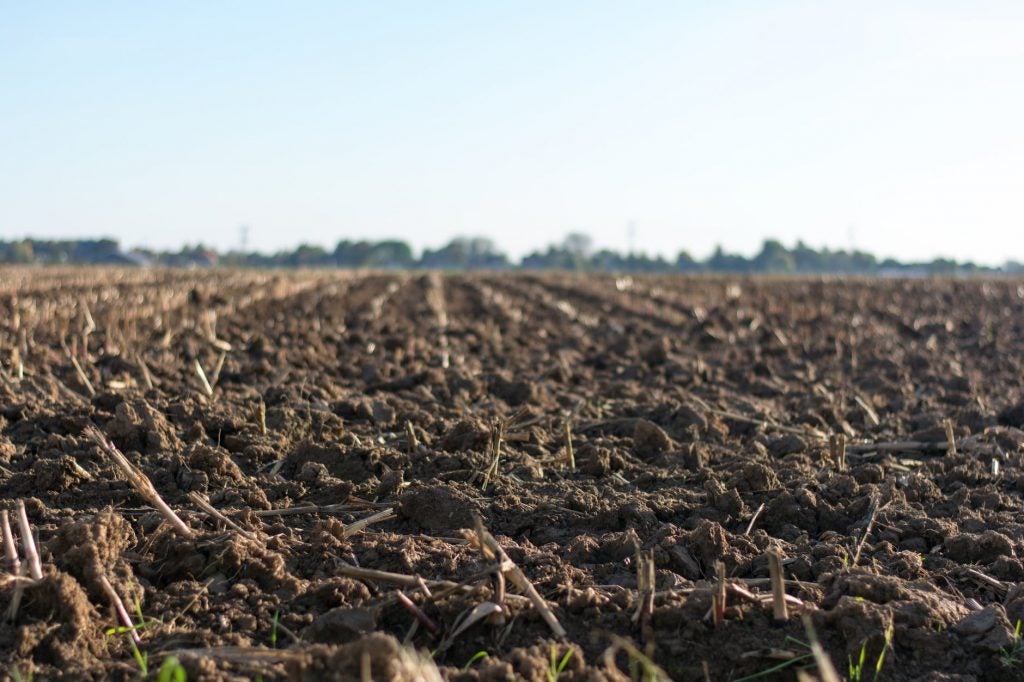Farm accountants have a lot more to offer than advice on how to maximize tax returns. In fact, they play a pivotal role in scaling conservation.
Environmental Defense Fund and K·Coe Isom AgKnowledge, a managerial accounting service for farmers and ranchers, teamed up with three Midwestern grain farmers to study how the adoption of conservation practices affects farm budgets.
These farmers, based in Iowa, Kansas, and Ohio, have all adopted some combination of no-till, crop rotations, cover crops and nutrient management. They were generous enough to open up their books so that AgKnowledge could analyze the financial impact of these conservation activities.
The full report will be out later this year, but initial results show how conservation can benefit farmers’ bottom lines. Here are three lessons we learned from this analysis. Read More »











